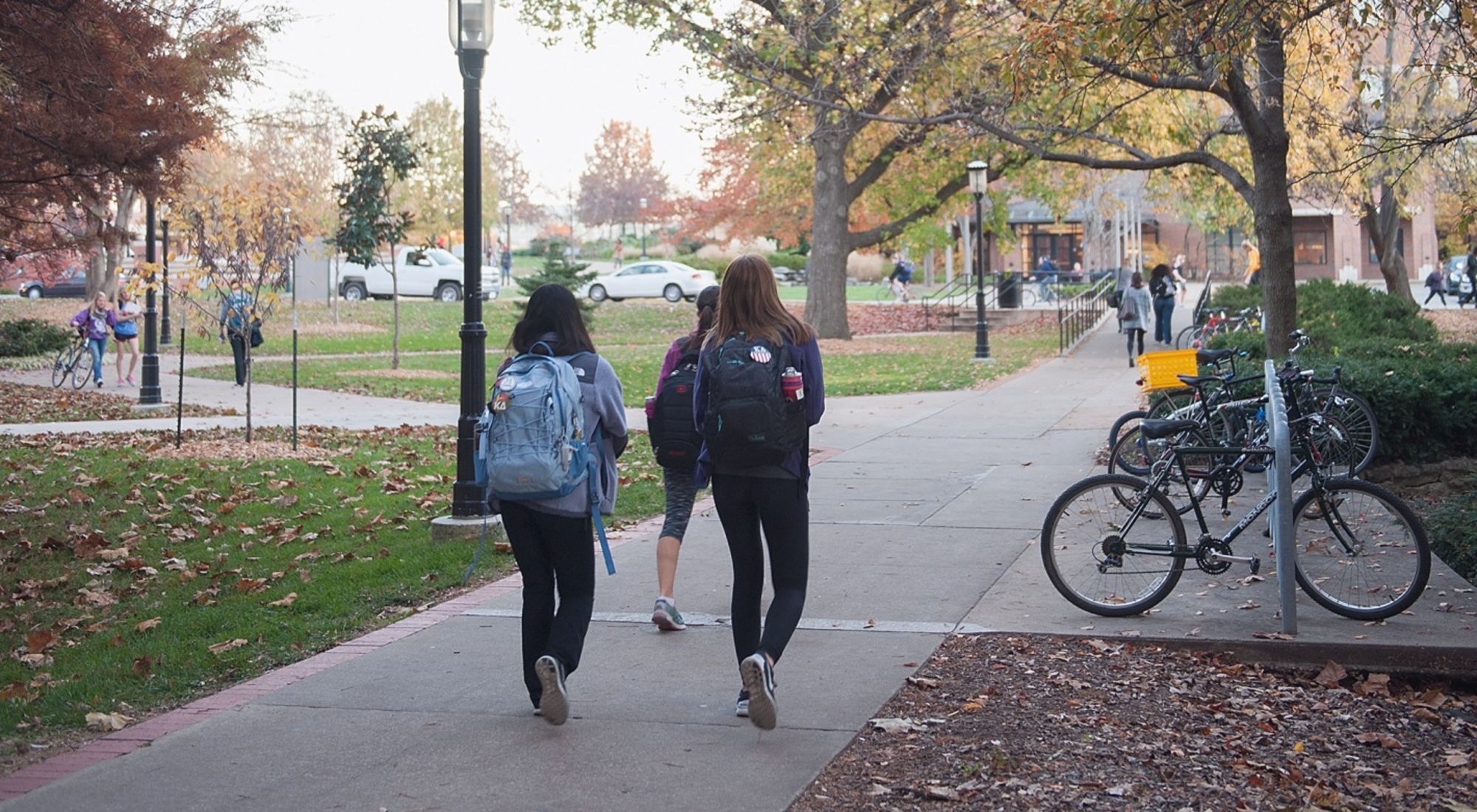Colleges and universities that changed from for-profit businesses into tax-exempt nonprofits are prompting questions about the continuing involvement of former owners and officials.
A new report released Wednesday by the Government Accountability Office said the Internal Revenue Service and the Department of Education could be doing more to address the risks associated with such conversions. The GAO looked at 59 for-profit college conversions that happened between January 2011 and August 2020, nearly all of which involved the college’s sale to a tax-exempt organization. In about one-third of those conversions, the GAO found that former owners or other officials at the institution were insiders during the conversion. For example, they either created the tax-exempt organization that purchased the college or retained the presidency of the college after it was officially sold.
The risks of for-profit colleges being sold to insiders could be substantial. Some for-profit chains have closed down suddenly, leaving thousands of students holding substantial student debts and scrambling to complete their degrees. When Corinthian Colleges collapsed in 2015, it had racked up $143 million in debt and had under $20 million in assets despite having 110,000 students spread across 105 campuses. The company sold over 50 of its campuses to a nonprofit called ECMC Group, a student loan collection agency with a reputation for aggressive collection tactics, according to the Center for Investigative Reporting.
The GAO report acknowledged there could be some benefits in continuity of leadership after a conversion, but also pointed to the risks. “While leadership continuity can benefit a college, insider involvement in a conversion poses a risk that insiders may improperly benefit — for example, by influencing the tax-exempt purchaser to pay more for the college than it is worth,” said the report.
Once the conversion has ended a college’s for-profit ownership and transferred it to an organization that the IRS recognizes as tax-exempt, the college must then seek approval from the Department of Education to participate in federal student aid programs as a nonprofit college. Since January 2011, the DOE has approved 35 colleges as nonprofit colleges and denied two. Another nine are under review and 13 have been closed prior to the DOE reaching a decision.
The IRS hasn’t been completely overlooking the risks of such conversions. The agency’s own guidance instructs its staff to closely scrutinize whether significant transactions with insiders reported by an applicant for tax-exempt status will exceed the fair-market value and improperly benefit insiders. If an application doesn’t have enough information to make that assessment, the guidance then tells the staff they may need to ask for more information.
But the IRS is still coming up short despite that guidance. In two of the 11 planned or final conversions involving insiders that were disclosed in an application, the GAO found the IRS approved the application even though it lacked some important information, including the college’s planned purchase price or an appraisal report estimating the college’s value. Without that information, the IRS staffers couldn’t determine whether the price had been inflated to improperly benefit insiders, which would be grounds for denying an application. “If IRS staff do not consistently apply guidance, they may miss indications of improper benefit,” said the report.
For its part, the Department of Education has strengthened its reviews of for-profit college applications for nonprofit status, but it still doesn’t monitor the newly converted colleges to see if there’s an ongoing risk of improper benefit. In two of the three cases the GAO reviewed in depth, the college’s financial statements disclosed transactions with insiders that could point to the risk of improper benefit. DOE officials agreed they could assess this risk through an audited financial statement review process and they could develop some procedures to do this. Until the DOE develops and implements those kinds of procedures for new conversions, the GAO warned, potential improper benefits could go undetected.
The GAO made some other recommendations in the report, including that the IRS should assess and improve its conversion application reviews and the DOE should develop and implement procedures to monitor the newly converted colleges. The IRS said it would assess its review process and evaluate the GAO’s other recommendation, while the DOE also agreed with the recommendation in the report for monitoring the conversions.
“We will continue to educate agents on the rules and procedures applicable to for-profit conversions involving ‘insiders,’ which, in particular, may raise questions as to whether the organization is complying with the requirement of Section 501(c)3 that ‘no part of [its] net earnings … inures to the benefit of any private shareholder or individual,’” wrote Sunita Lough, deputy commissioner for services and enforcement at the IRS, in response to the report. “In addition, our training will emphasize to agents their discretion to request additional information from applicants, such as an individual appraisal, when indicated by the particular facts of the application.”
A DOE official also responded to the report and pointed out that it actually reviewed fewer than 59 conversions since several transactions involved multiple colleges owned by the same entity. Corinthian, for example, had over a hundred campuses across the country, many of which operated under different names such as Everest College and Heald College.
Nevertheless, the DOE agreed with the overall recommendations. “The Department agrees with GAO that it is important to identify and respond to the risks that former owners or other insiders could improperly benefit from the conversion of a for-profit college to nonprofit status under Department regulations,” wrote Office of Federal Student Aid COO Mark Brown.